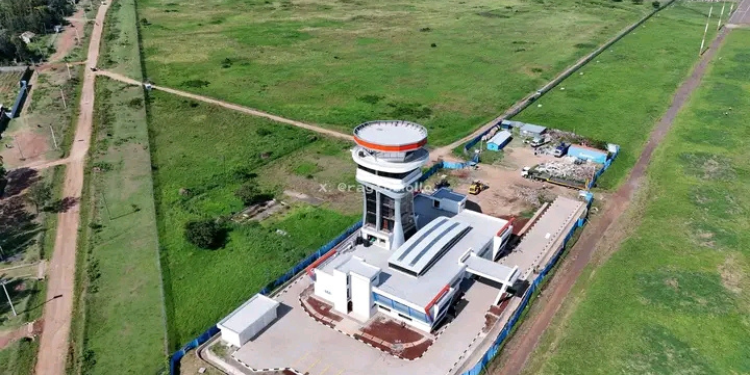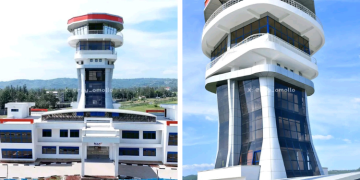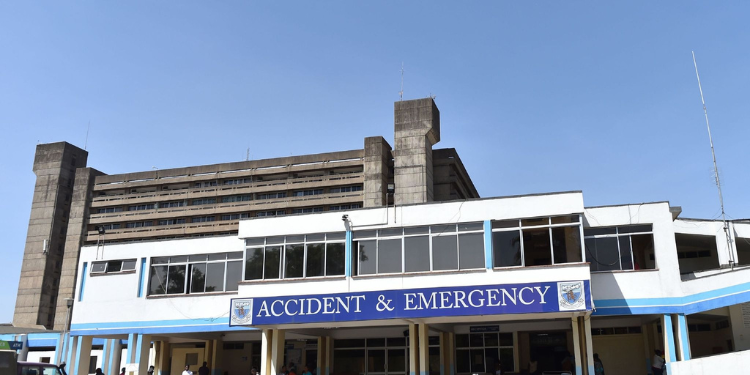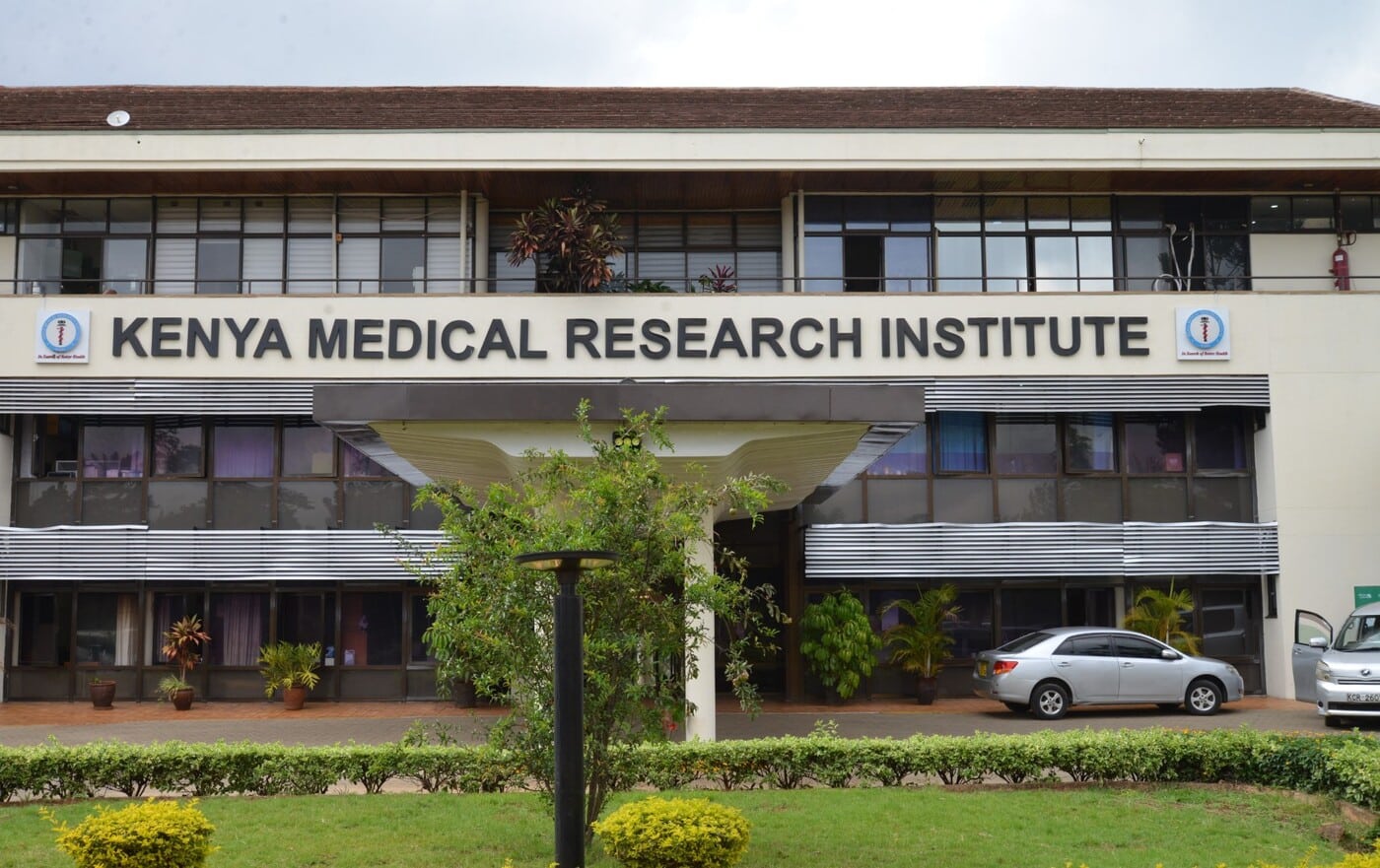The completion of the new Kisumu Air Traffic Control (ATC) Tower stands as a landmark achievement in Kenya’s aviation sector, symbolizing the country’s unwavering commitment to modernizing infrastructure, enhancing safety, and strengthening regional connectivity. This facility, commissioned by the Kenya Civil Aviation Authority (KCAA), is more than a physical structure—it is a bold manifestation of Kenya’s vision to transform Kisumu International Airport into a cutting-edge hub capable of meeting the rapidly evolving demands of air traffic and regional economic integration.
Historically, challenges in Africa’s aviation infrastructure—ranging from outdated technology to inefficient management systems—have hindered growth, limited regional connectivity, and restricted the potential for trade and tourism. Kisumu’s new ATC tower directly addresses these challenges by introducing a highly sophisticated, eight-storey control facility equipped with the latest ICT, surveillance, and communication systems. This upgrade ensures the airport operates in accordance with rigorous international aviation standards, significantly enhancing its airspace management capabilities.
Also Read: Plans for Lake Victoria Waterfront Inch Closer as Kisumu Secures Grant
Strategically located near Lake Victoria, Kisumu International Airport serves as a critical gateway not only for western Kenya but also for the wider Lake Region, which encompasses neighboring countries such as Uganda, Rwanda, and Burundi. As East Africa deepens economic ties under regional blocs like the East African Community, efficient air transport becomes pivotal for facilitating cross-border trade, tourism, and investment flows. The new ATC tower is a crucial enabler of this vision, allowing Kisumu to handle increased flight volumes, navigate complex air traffic scenarios, and provide precise and reliable services to airlines and passengers.
Moreover, this upgrade signals deliberate progress by the Kenya Civil Aviation Authority, aligning with global aviation best practices. With enhanced technological and operational capabilities, the facility upgrades Kisumu’s classification to meet Class 3 airport standards, facilitating its seamless integration into global aviation networks. This will attract more direct flights, including those from international carriers, which in turn will reduce travel times, enhance air cargo efficiency, and boost Kenya’s competitiveness as a regional aviation leader.
President William Samoei Ruto’s administration’s focused investment in aviation infrastructure underscores a proactive approach to national development priorities. Aviation serves as a critical artery for economic growth, linking regions and markets that foster industrialization, tourism, and commerce. The Kisumu ATC tower complements ongoing national efforts such as expansions at Nairobi’s Jomo Kenyatta International Airport and Moi International Airport in Mombasa, solidifying a diversified aviation infrastructure network capable of sustaining Kenya’s ambition to be a logistics and tourism hub in Africa.
Also Read: Blow to Ruto as ODM Declares Stance on Raila Running for President in 2027
The socio-economic benefits of this investment ripple beyond the airspace. By facilitating more flights, the airport opens pathways for cargo exports, business travel, and tourism that fuel local economies around Kisumu County.
This growth will support job creation, stimulate the hospitality industry, and provide new avenues for the economic empowerment of youth and women in the region. It also enhances emergency response capabilities, crucial for disaster management and medical evacuations, thereby fortifying national resilience.
Technologically, the integration of high-grade ICT and surveillance tools marks a significant leap forward. These systems provide air traffic controllers with enhanced situational awareness, enabling them to make real-time decisions, reduce delays, and minimize risks. This modernization effort positions Kenya alongside the world’s leading aviation operators, affirming the nation’s readiness to actively participate in the global aviation community while setting a benchmark for other African countries.
In conclusion, the new Kisumu ATC tower represents more than just a physical upgrade; it marks a strategic pivot in Kenya’s approach to aviation and regional integration.
By elevating Kisumu International Airport as a modern, efficient, and safe aviation hub, Kenya is unlocking powerful new opportunities for economic growth, regional trade, and international connectivity.
Under visionary leadership, this investment will enable Kenya not only to meet current demands but also to boldly soar forward into a future defined by connectivity, competitiveness, and cohesive regional development.
By James Bwire Kilonzo, a Media and Communication Practitioner.
Follow our WhatsApp Channel and X Account for real-time news updates











































































